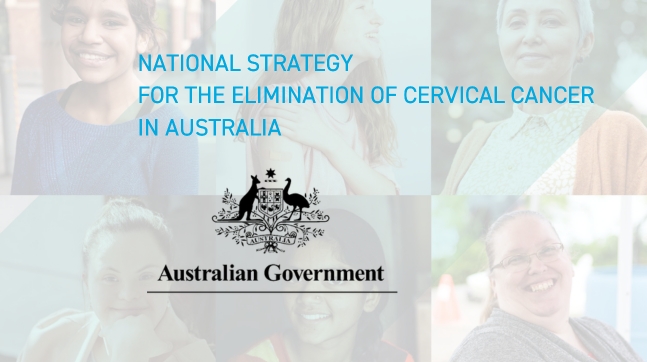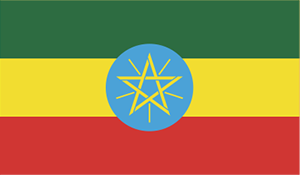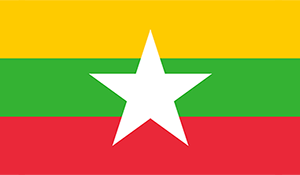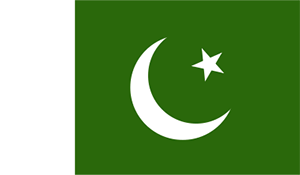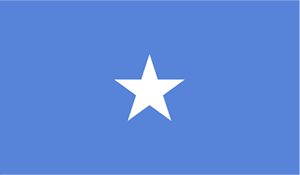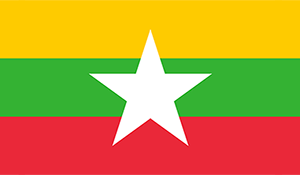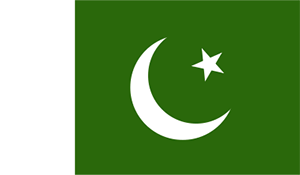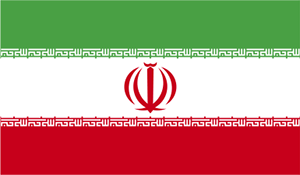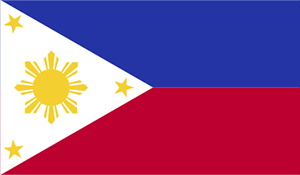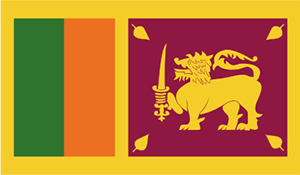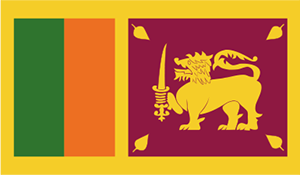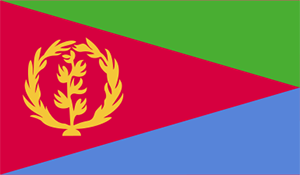The Albanese Labor Government is leading the way for Australia to become the first country in the world to eliminate cervical cancer, with the release of the National Strategy for the Elimination of Cervical Cancer and a $48.2 million investment to support implementation.
As we mark the World Health Organisation’s Cervical Cancer Elimination Day of Action, Australia is also making new investments to share our world-leading expertise with the Pacific and Southeast Asia, and work towards a world free of this deadly disease.
The National Strategy aims to eradicate cervical cancer as a public health issue in Australia by 2035. The $48.2 million investment over four years, will improve access to screening and follow up services, as well better data access to target vaccination efforts.
The National Strategy was developed by the Australian Centre for the Prevention of Cervical Cancer after extensive public consultation and sets ambitious targets, and complements the Albanese Government’s landmark Australian Cancer Plan.
The new targets include extending the 90% HPV vaccination target to boys, so all children are safe from HPV. It also extends the 70% screening target to 5-yearly participation for 25- to 74-year-olds rather than just twice in a lifetime.
The National Strategy will improve support and access to services in priority populations such as First Nations people, people with disability, people living in rural and remote areas of Australia, culturally and linguistically diverse communities and LGBTIQA+ people. $8.3 million has been allocated to implement innovate screening models to support such communities.
This work supports other initiatives to eliminate cervical cancer, including the self-collected Cervical Screening Tests introduced in July 2022. These tests allow privacy and help to break down barriers for thousands of people who have never screened – including women who have experienced sexual violence, LGBTIQA+ people and culturally and linguistically diverse and First Nations communities.
First Nations women are almost twice as likely to be diagnosed with cervical cancer and face significant barriers to participating in cervical screening compared to non‑Indigenous women. $12.7 million has been provided to the National Aboriginal Community-Controlled Health Organisation to improve access for First Nations women so they can be screened closer to home in their local community.
The Albanese Government is also making a new investment of up to $12.5 million to the Elimination Partnership in the Indo-Pacific for Cervical Cancer (EPICC) as part of the Partnerships for a Healthy Region initiative.
This investment will connect Australia’s world-leading cervical cancer expertise with governments across the region to get HPV vaccine programs up and running, expand screening and treatment and build health workforce capacity.
The partnership complements Australia’s existing support for the region through Gavi, the Vaccine Alliance and cervical cancer screenings from sexual and reproductive health initiatives.
The National Strategy for the Elimination of Cervical Cancer in Australia is available via: https://acpcc.org.au/elimination/
More information on Partnerships for a Health Region is available via: https://indopacifichealthsecurity.dfat.gov.au/partnerships-healthy-region
Quotes to be attributed to Assistant Minister for Health and Aged Care, the Hon Ged Kearney:
“Australia has always punched above its weight when it comes to cervical cancer, and now Australia is on track to be the first country in the world to eliminate this deadly disease.
“One of my priorities is to address inequities in our health system. I want to make sure that everyone can get access to screening – and all healthcare – no matter where you live.
“By supporting the Pacific and Southeast Asia region eliminate cervical cancer we are another step closer to ridding the world of this disease”.
Quotes to be attributed to Minister for Foreign Affairs, the Hon Penny Wong:
“A quarter of global cervical cancer cases occur in our region, the Indo-Pacific.
“Tragically, in the Pacific, women are dying at up to 13 times the rate of women in Australia.
“Using Australian expertise to respond to the region’s most pressing challenges is at the heart of our new international development policy”.
